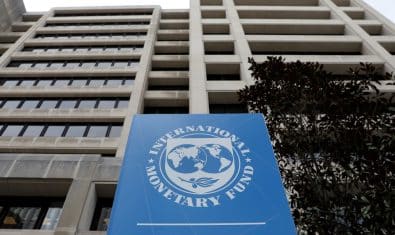The exact mechanism of transmission of the COVID-19 virus to humans has not been confirmed, but a genetic link between the virus and a group of coronaviruses discovered in horseshoe bats in Southeast Asia has been found, as per reports
Transmission of bat viruses to humans can occur through an intermediate host or through direct contact with bat urine, feces, blood, or saliva. Environmental factors can create conditions more favorable for spillover events, so scientists emphasize the importance of understanding these factors and identifying high-risk areas to reduce the risk of future pandemics.
In the past, bat-carried viruses posed a minimal danger to human populations due to undisturbed wildlife habitats acting as natural buffers against pathogen transmission. However, human activities have transformed these protected zones into high-risk areas spanning over 9 million square kilometers across 113 countries. In 2020, nearly 1.8 billion people lived in high-risk areas, which can provide companies and governments with valuable information to proactively address spillover risks.
Etien Koua, epidemic intelligence manager for Africa at the World Health Organization (WHO), believes that identifying hotspots and creating predictive models would greatly assist governments. Reuters interviewed over 100 researchers studying bat habitats around the world who emphasized the importance of preserving these habitats.
Scientists argue that humanity cannot afford to continue devastating wildlife habitats, and urge governments worldwide to establish a formal procedure for assessing health risks before undertaking development projects that may disrupt delicate habitats. Unfortunately, deliberations involving scientists, public health experts, national governments, and international agencies progress slowly.

























